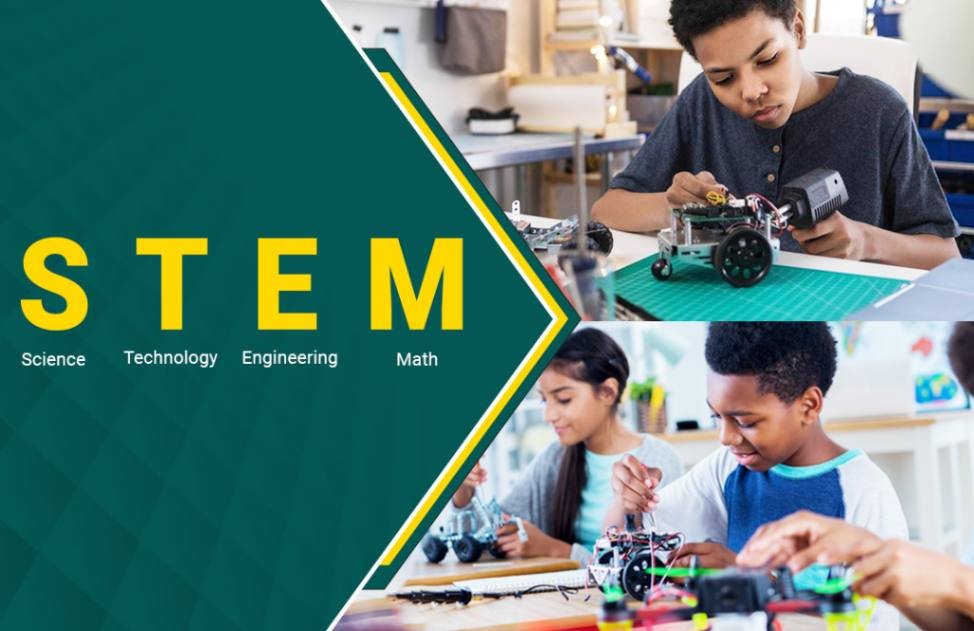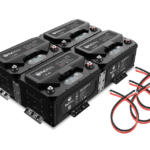STEM (Science, Technology, Engineering, and Mathematics) education is gaining significant attention as it equips students with critical thinking, problem-solving, and technical skills that are highly valuable in today’s rapidly evolving world. One of the most effective ways to introduce STEM concepts is through hands-on learning. STEM education kits provide students with practical, engaging activities that help them understand complex concepts while having fun. These kits are designed to make abstract theories more tangible and create an interactive learning environment.
Why Are STEM Education Kits Important?
STEM education kits are essential for nurturing curiosity and fostering a deep understanding of science, technology, engineering, and mathematics. They offer practical applications of theoretical knowledge, allowing students to experiment, build, and explore real-world problems. These kits provide a more immersive experience compared to traditional textbook learning. By working with educational science kits, students can grasp scientific concepts through trial and error, reinforcing their understanding through active participation. This hands-on approach is particularly effective in developing problem-solving and analytical skills, which are critical for success in modern careers.
Top Types of STEM Education Kits
1. Robotics Kits
Robotics is one of the most popular areas within STEM education. Robotics kits allow students to build and program robots, teaching them the fundamentals of engineering and coding. These kits often come with step-by-step instructions to help students assemble and program their robots, providing a solid foundation in both mechanical engineering and computer programming. Robotics kits are ideal for students looking to explore the intersection of hardware and software, offering an engaging and interactive way to learn coding, design, and problem-solving.
2. Engineering Kits
Engineering kits allow students to design and construct structures, machines, and mechanisms. These educational science kits teach fundamental principles of mechanical and civil engineering through activities such as building bridges, catapults, or simple machines. The hands-on approach encourages creativity and teaches students the importance of precision, design, and testing. Engineering kits often involve building with different materials, such as plastic, wood, and metal, offering students a wide range of challenges to improve their construction and design skills.
3. Chemistry and Physics Kits
For students interested in the natural sciences, chemistry and physics kits provide an excellent way to explore fundamental scientific concepts. These kits typically include a variety of materials and tools to conduct experiments that illustrate principles like chemical reactions, forces, energy, and the laws of motion. Students can safely perform experiments, observe the results, and learn firsthand how scientific laws and theories are applied. These educational science kits foster critical thinking, experimentation, and data analysis, which are key skills in any scientific field.
4. Electronics Kits
Electronics kits allow students to dive into the world of circuits and electrical engineering. These kits often come with components like resistors, capacitors, wires, and sensors, allowing students to build simple electronic devices such as radios, alarms, or even light-sensitive systems. By working with electronics kits, students learn about voltage, current, resistance, and how electronic components function together. They also gain hands-on experience with soldering, circuit design, and troubleshooting, skills that are highly sought after in various technology and engineering fields.
Benefits of Using STEM Education Kits
STEM education kits promote learning in a hands-on environment, making it easier for students to engage with challenging concepts. These kits provide an interactive platform where students can learn through doing, encouraging them to think creatively and develop their problem-solving abilities. Moreover, STEM kits promote collaboration, as students often work in teams to complete challenges, fostering teamwork and communication skills. Additionally, the use of educational science kits can enhance a student’s ability to apply theoretical knowledge to practical scenarios, bridging the gap between classroom learning and real-world application.
Conclusion
Incorporating STEM education kits into the learning process is a great way to provide students with a deeper understanding of science, technology, engineering, and mathematics. Whether it’s building robots, experimenting with chemistry, or designing electronics, these kits offer valuable hands-on learning experiences that engage students and foster essential skills for the future. Investing in these educational science kits is a step toward preparing the next generation of innovators, problem solvers, and critical thinkers.


